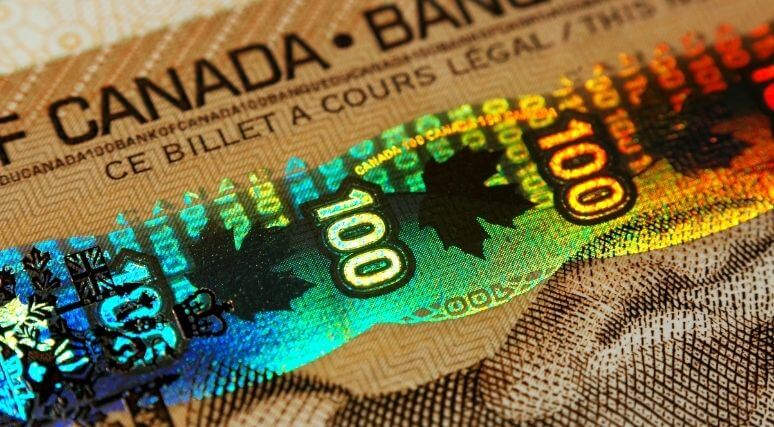 This article originally appeared in the Financial Post. Below is an excerpt from the article, which can be read in full here.
This article originally appeared in the Financial Post. Below is an excerpt from the article, which can be read in full here.
By Jack Mintz, June 16, 2022
It’s hard to bet against inflation remaining stubbornly high for most of this decade.
Stagflation arises when supply is restricted in an economy (producing stagnation) even as demand outstrips it (producing inflation). Stagnation + inflation = stagflation. Unfortunately, there is only one way to wring inflation out of the economy before it becomes embedded in people’s expectations: raise interest rates — even at the risk of unemployment. For that reason, stagflation is central bankers’ worst nightmare.
Well, welcome to their nightmare.
With rapid increases in interest rates to counter a stubborn inflation from supply shocks, the economy can stall even if inflation continues at levels higher than the target. That is the situation central bankers now face. U.S. consumer price inflation hit 8.6 per cent May-to-May while producer price inflation was 10.8 per cent. At the same time, U.S. first-quarter “growth” was minus 0.4 per cent. A few more months of negative growth and the U.S. will officially be in recession — even though inflation is likely to remain well above the two per cent policy target. That is stagflation at its worst.
***TO READ THE FULL ARTICLE, VISIT THE FINANCIAL POST HERE***





